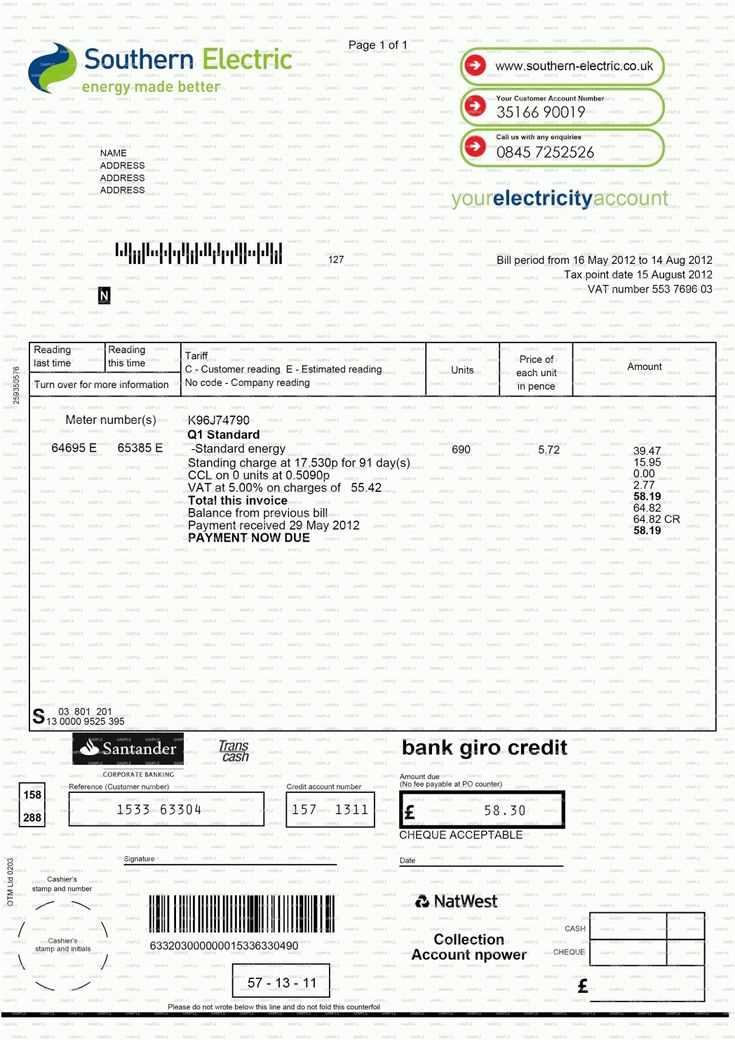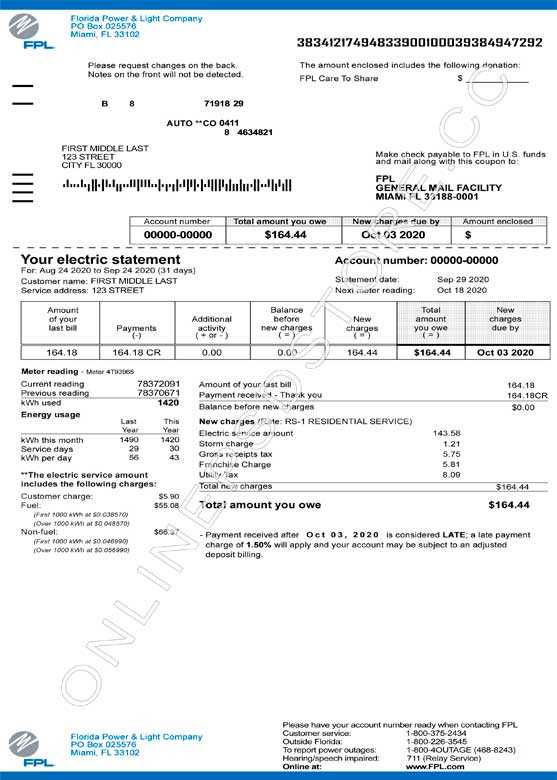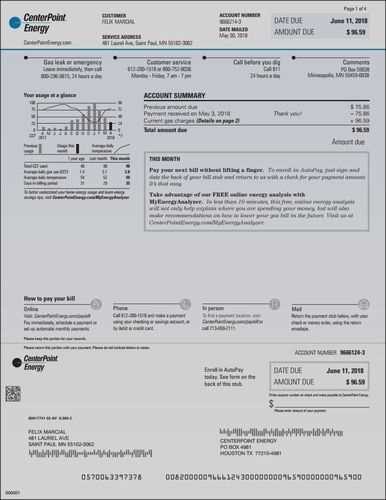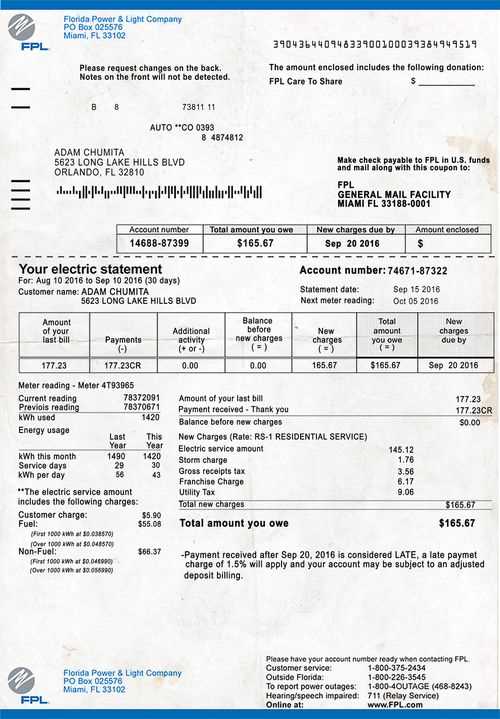
Structure of a Utility Bill Receipt

A clear utility bill receipt should include specific details to ensure both the payer and the utility provider have a record of the transaction. The key components include:
- Receipt Number: A unique identifier for the receipt.
- Provider Information: Name, address, and contact details of the utility provider.
- Customer Information: The name and address of the customer receiving the service.
- Service Period: The dates the bill covers.
- Amount Paid: The total sum paid by the customer.
- Payment Method: Indicate how the payment was made (e.g., credit card, bank transfer).
- Payment Date: The date when the payment was processed.
Template Example

Below is a simple structure for a utility bill receipt template:
Receipt Number: [Unique ID] Provider Information: Name: [Provider Name] Address: [Provider Address] Contact: [Provider Contact Details] Customer Information: Name: [Customer Name] Address: [Customer Address] Service Period: [Start Date] to [End Date] Amount Paid: $[Amount] Payment Method: [Payment Method] Payment Date: [Payment Date]
How to Customize the Template
Adapt the template to meet your specific needs. Customize sections like “Provider Information” or “Customer Information” with relevant details. Additionally, include any specific instructions or references related to payment terms, such as late fees or discounts.
Ensure the format is easy to read and consistent for future reference. A well-organized receipt offers clarity for both parties involved and serves as a helpful document for record-keeping.
Utility Bill Receipt Template: A Practical Guide

Creating a customized utility bill receipt involves clear structure and attention to detail. Begin with basic elements like the recipient’s name, service provider information, billing period, and due date. Ensure that the amount due, payment date, and payment method are highlighted for easy reference. You can also include a breakdown of charges to show transparency in billing.
Customizing a Utility Bill Receipt for Various Services
Each service, whether it’s electricity, water, or gas, requires slight adjustments in the receipt template. For electricity, include the meter reading and any additional surcharges. Water bills may require the inclusion of consumption in gallons or liters. Gas receipts should account for both consumption and fluctuating rates based on market pricing. Tailor your template by adjusting these details while maintaining a consistent format for clarity.
Step-by-Step Instructions for Creating a Bill Receipt
1. Begin with the header: Include your business or service provider’s name and contact information.
2. Add customer details: Include the recipient’s name, address, and account number for identification.
3. Specify the billing period: Clearly mark the start and end dates of the service period.
4. Outline charges: List the base charge, usage fees, and any additional charges such as taxes or penalties.
5. Total due: Highlight the total amount due in a bold and easy-to-read format.
6. Payment information: Include the payment method used, date of payment, and any reference numbers for tracking.
7. Include footer: Add company registration details or disclaimers, if necessary.
Common Mistakes to Avoid When Designing a Utility Receipt
Avoid overcomplicating the layout. Too many details can overwhelm the recipient and cause confusion. Ensure the most critical information, like the total amount and due date, stands out. Also, don’t forget to test the template for compatibility across different devices and printing formats to ensure that it’s clear and legible in every case.


